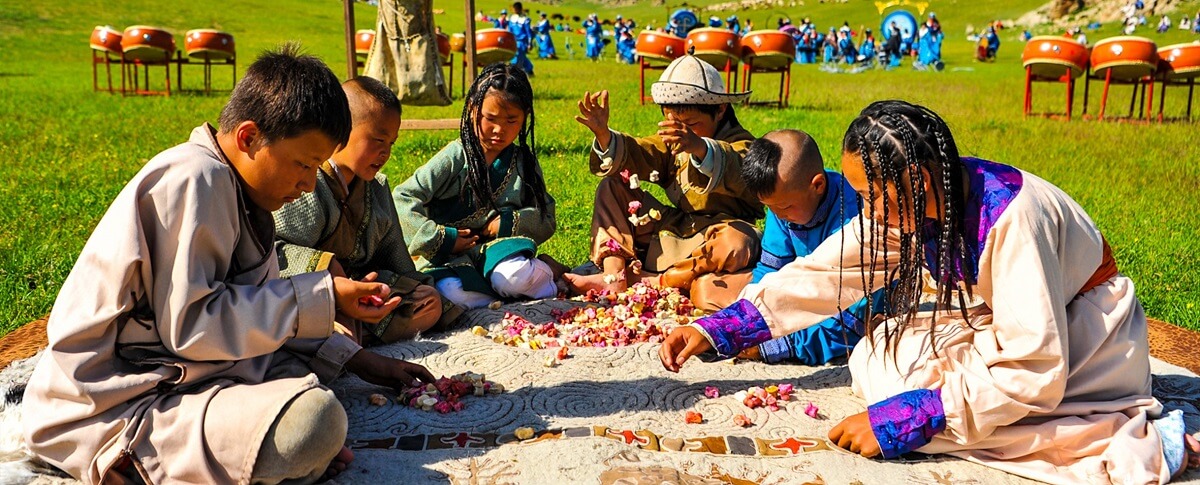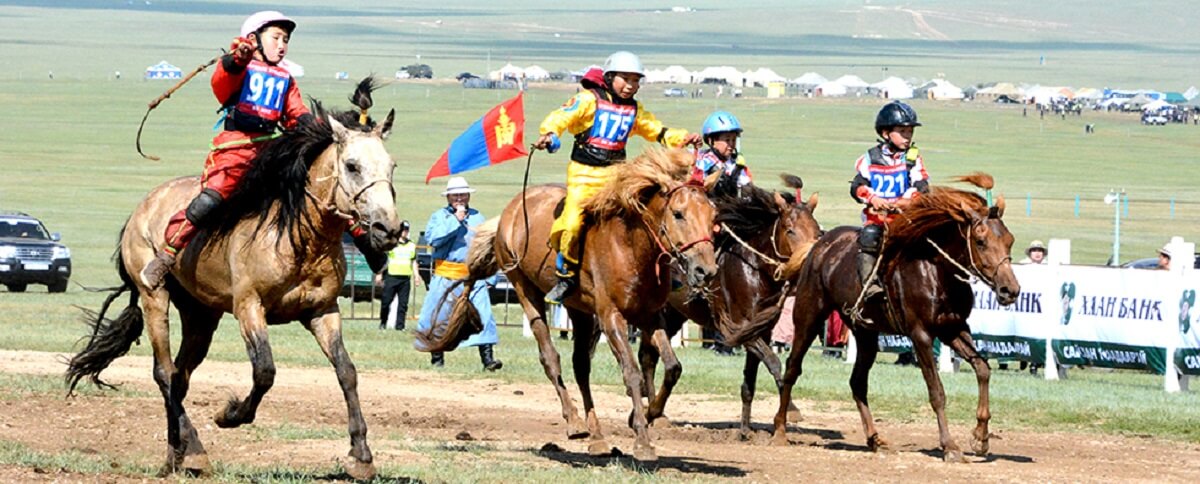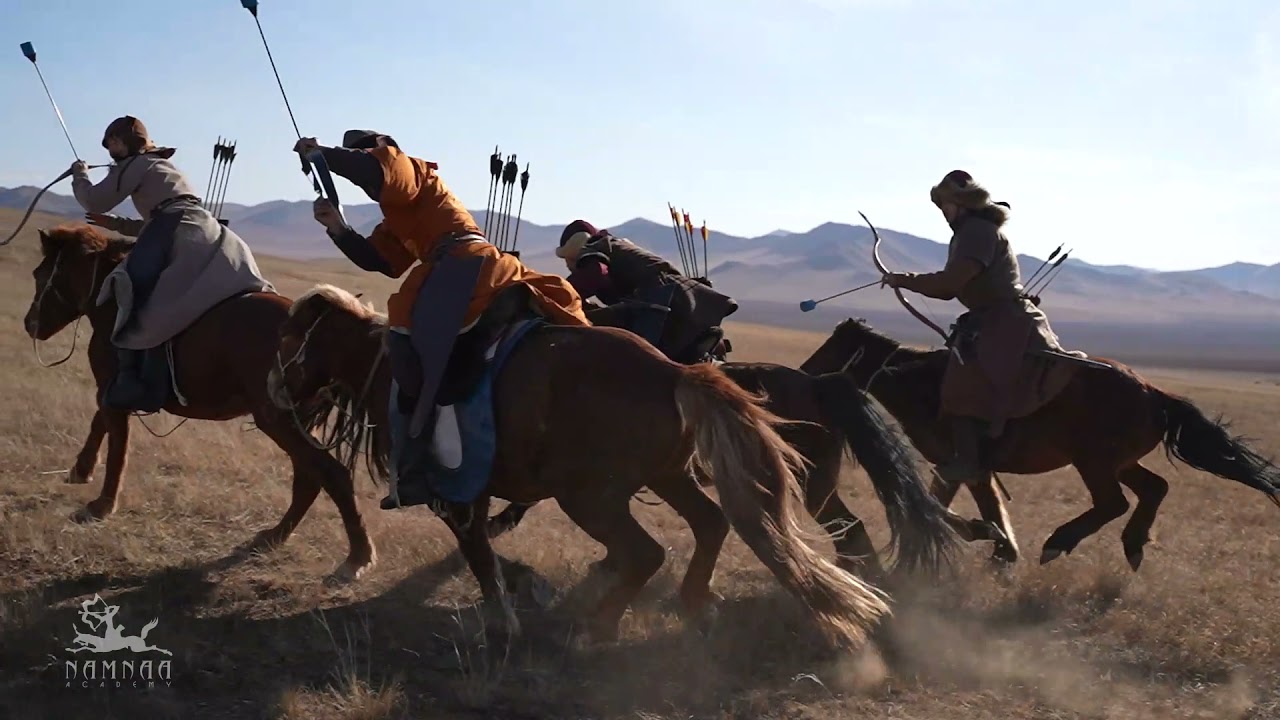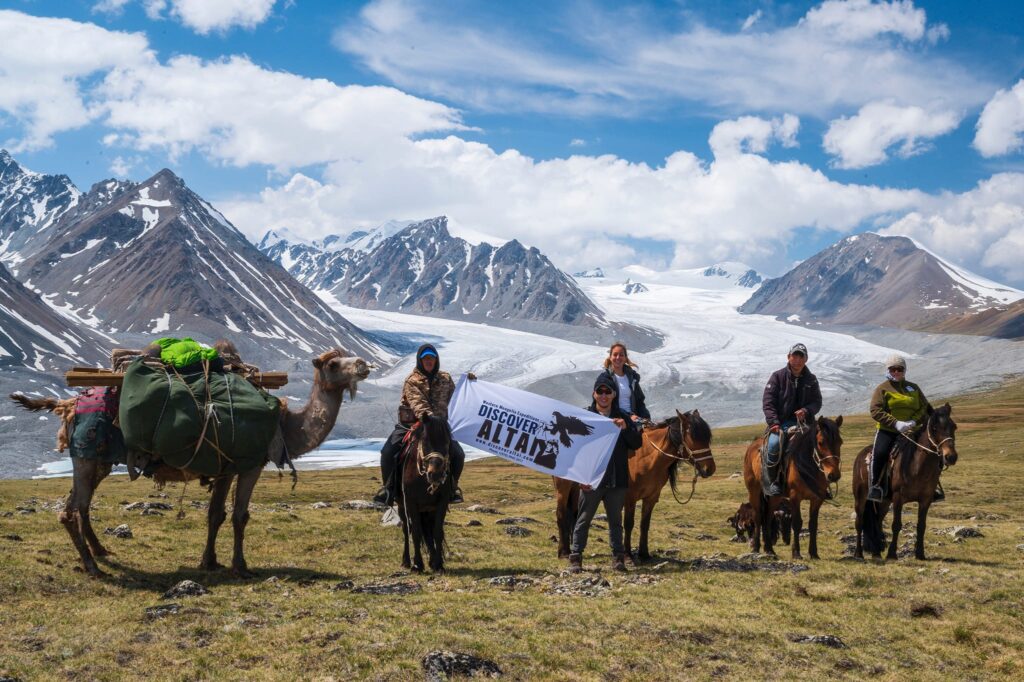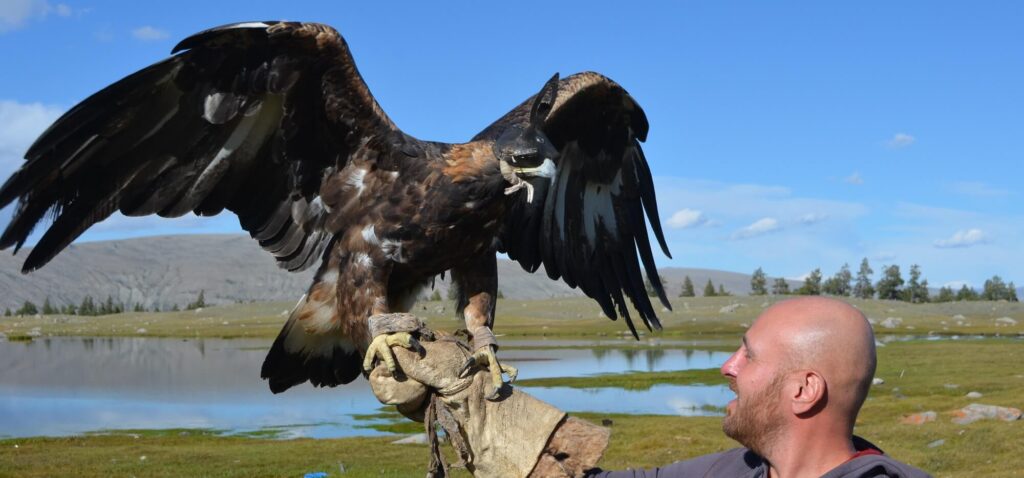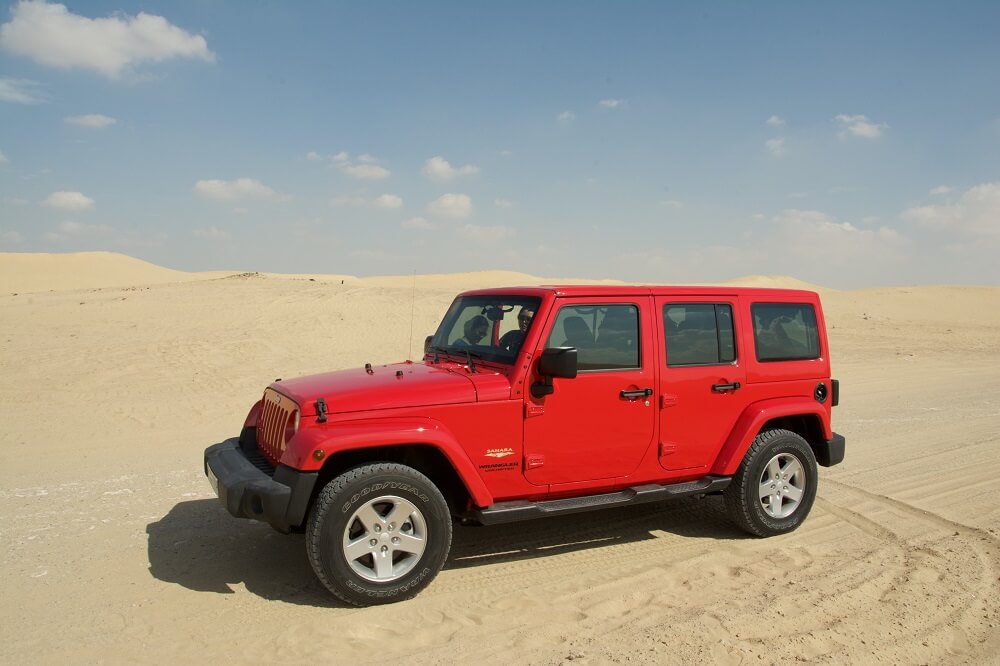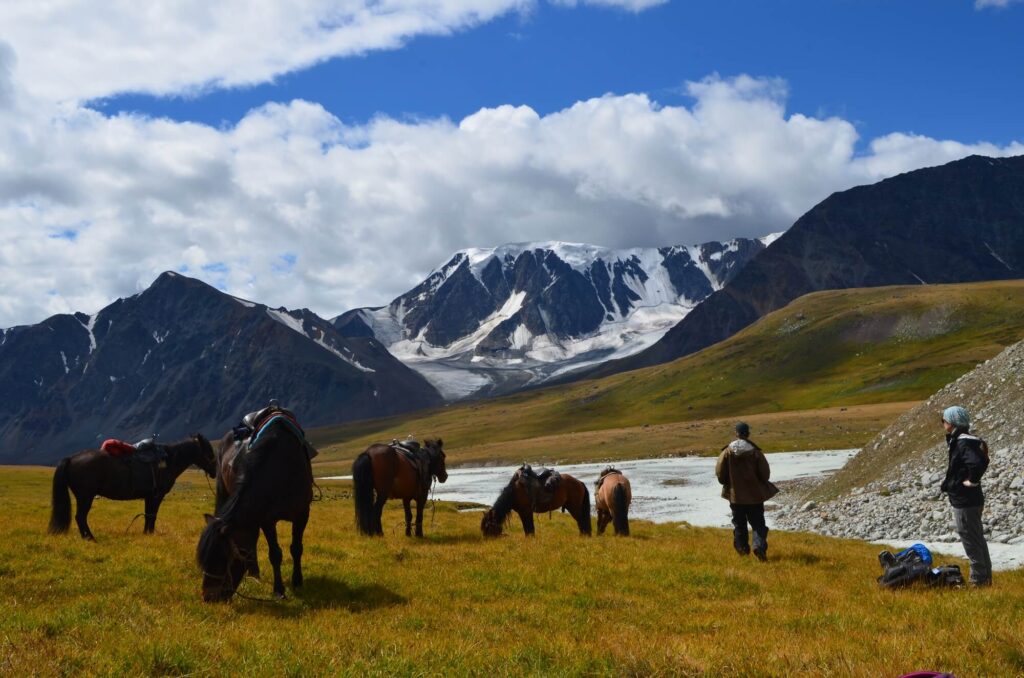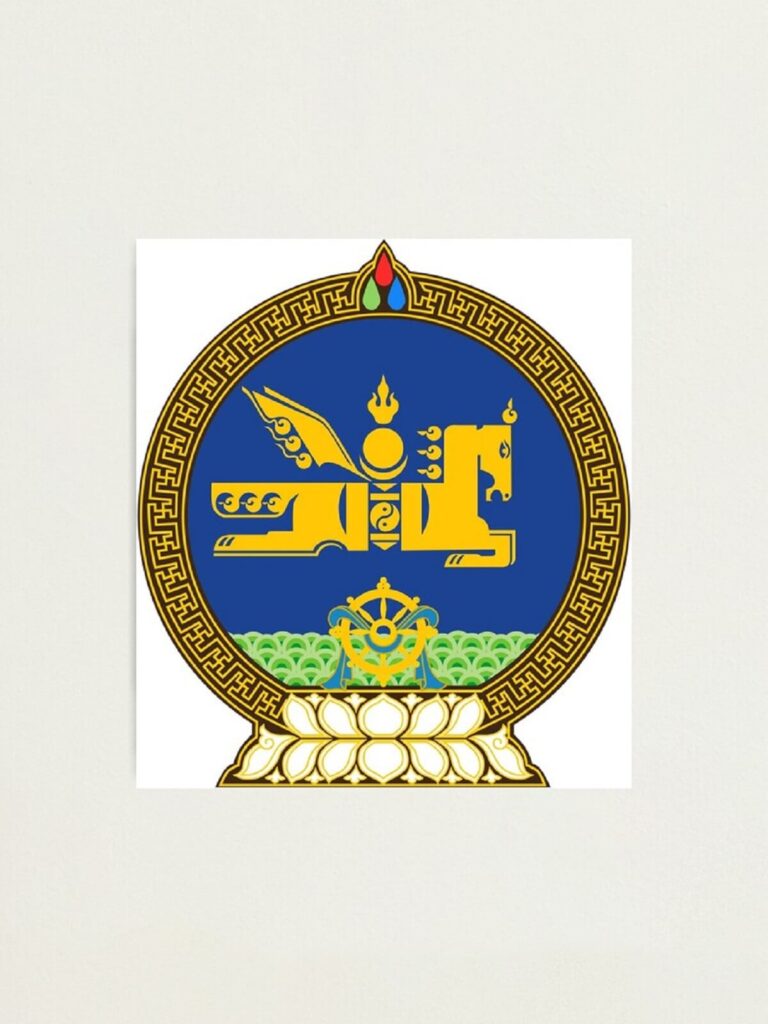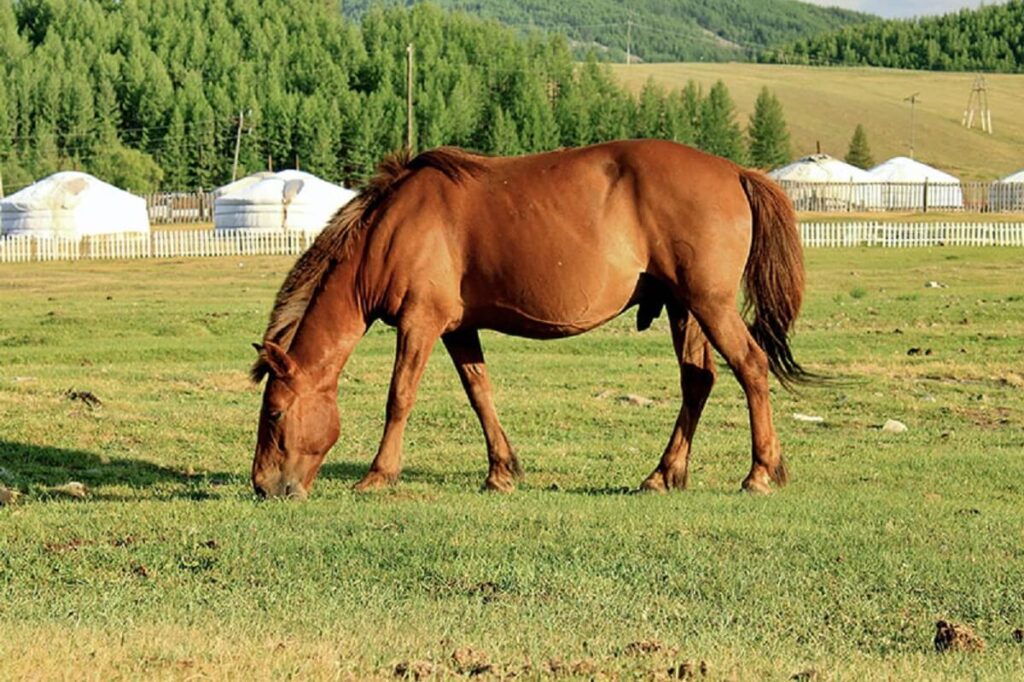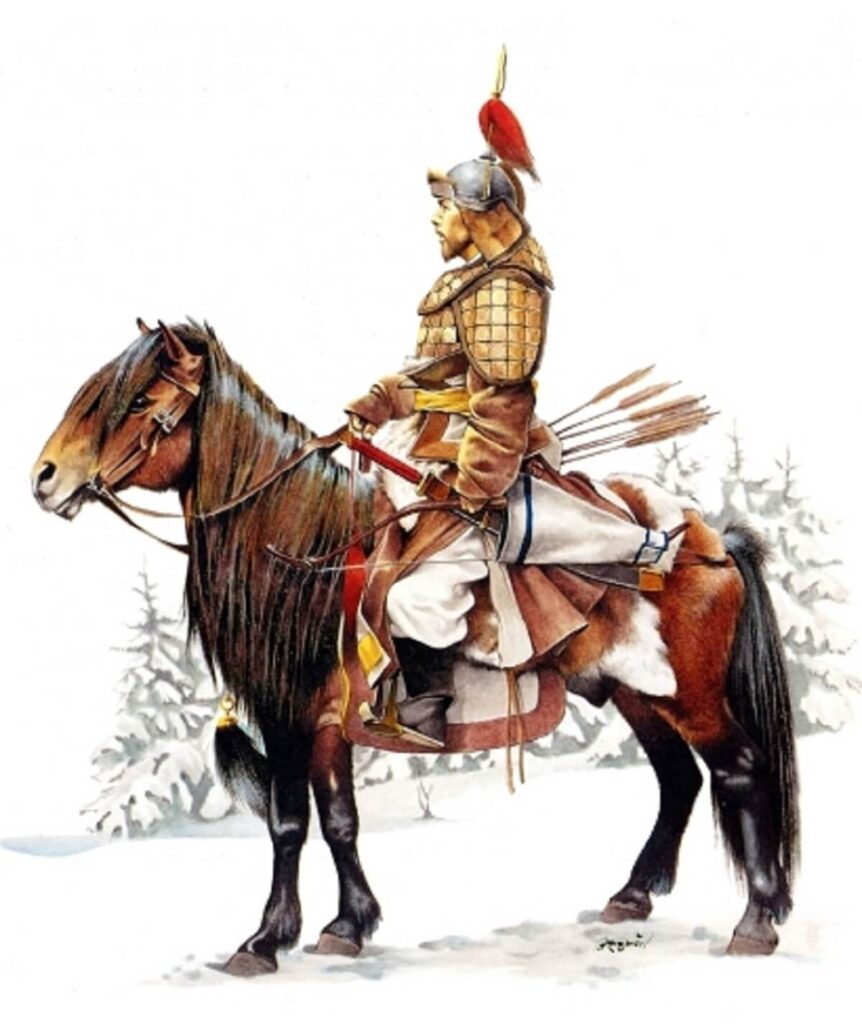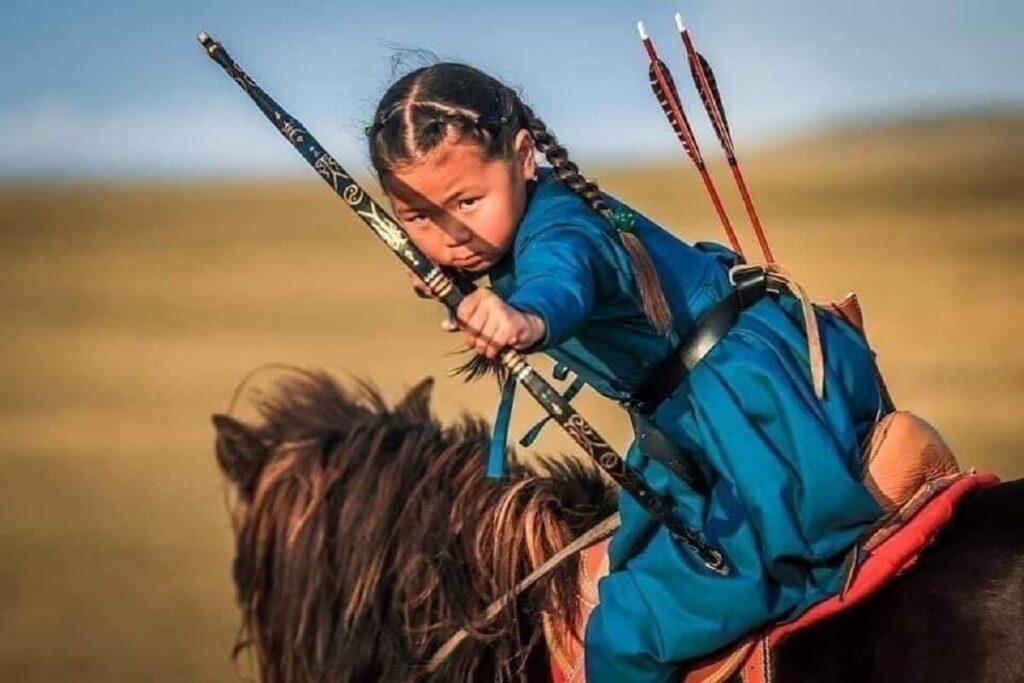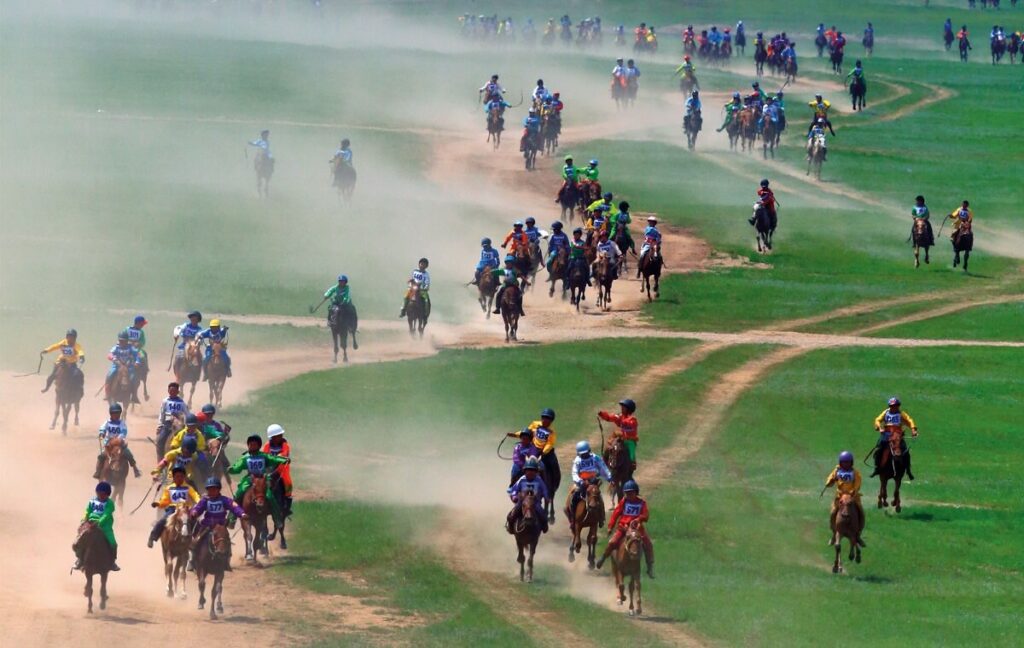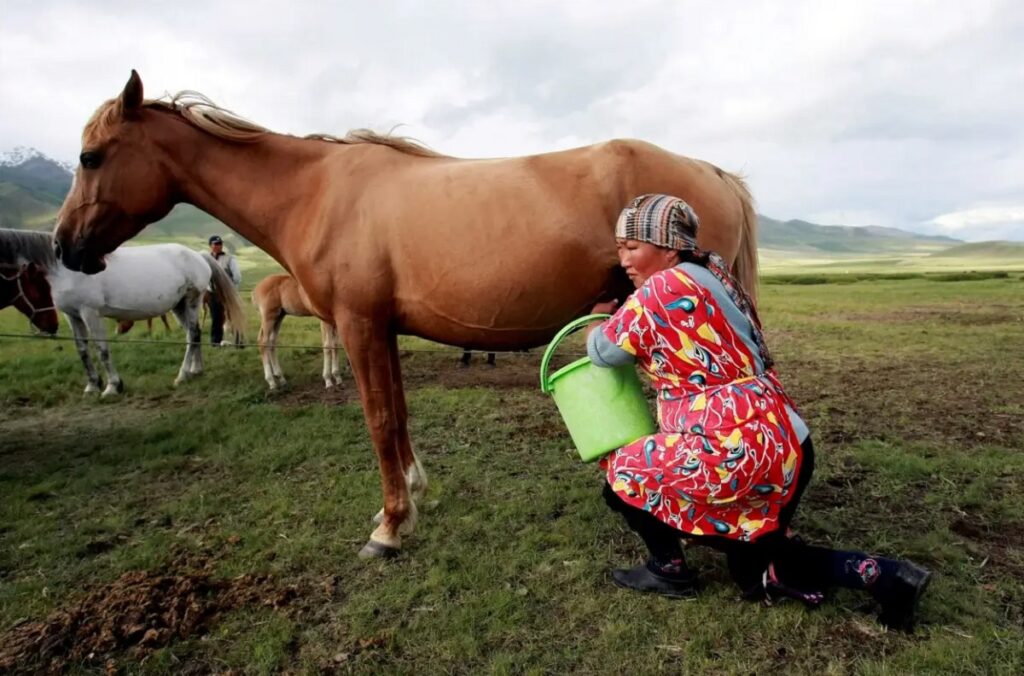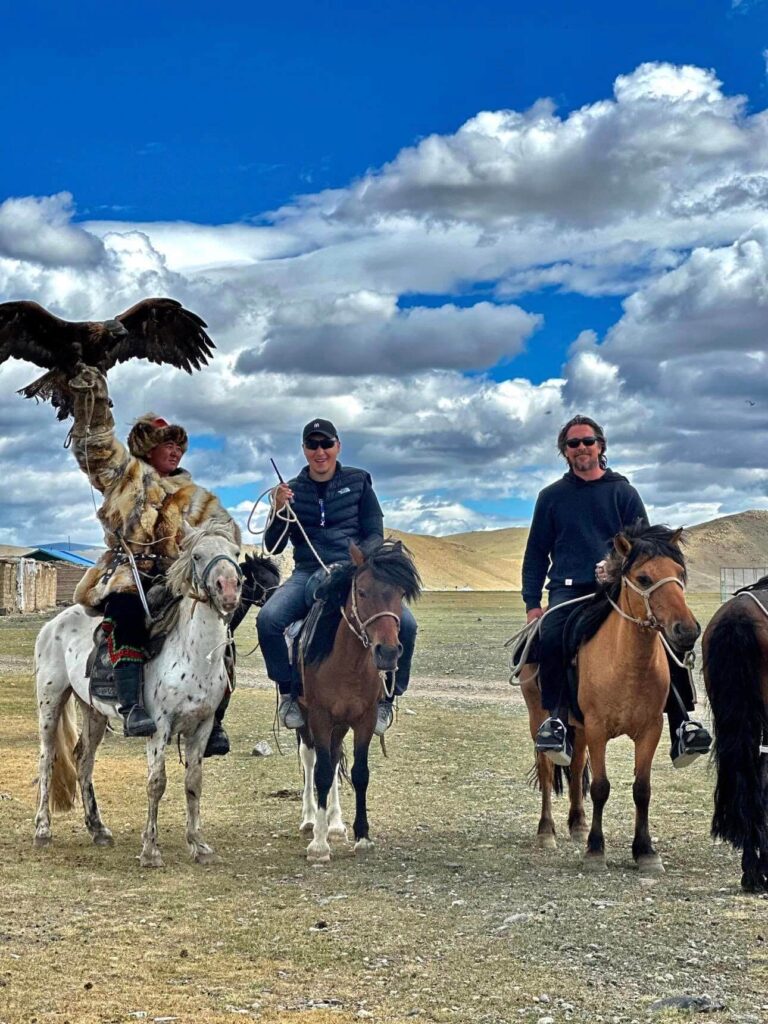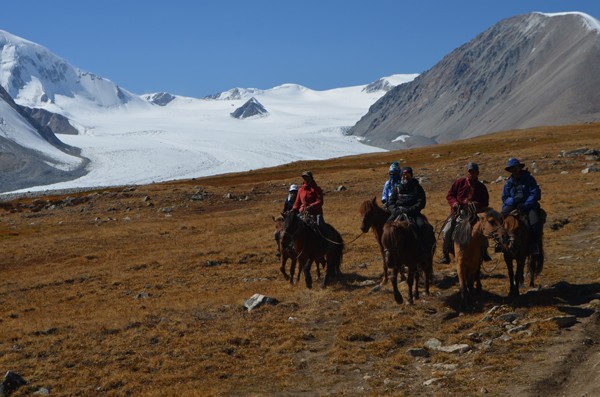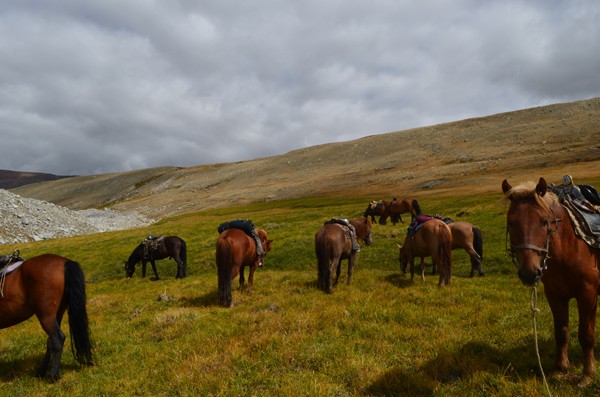Mongolia, a nation with vast steppes and a deeply rooted nomadic culture, has a rich tradition of games played on horseback.
These games, more than just pastimes, are integral to the Mongolian way of life, symbolizing the skills, agility, and bravery that have been essential for survival and warfare in the harsh landscapes of Central Asia.
Here, we explore some of the traditional games that highlight the exceptional equestrian skills of the Mongolian people.
We offer you MONGOLIA HORSE TREKKING TOUR. Come and enjoy the Mongolia Horse Riding Tour. Mongolia is home to the last nomads. Mongolian Horses are the most important part of nomadic life. It will be wonderful 🤩🤩
Shagai
Shagai, which involves the ankle bones of sheep or goats, is a traditional Mongolian game that can involve several forms of competition, including flicking the bones to hit targets or catch them on horseback.
While the mounted version is less common, it showcases riders’ skill in maneuvering their horses while focusing on small targets, combining agility and precision.
Horse Racing
One of the most celebrated Mongolian horseback games is horse racing, a key component of the Naadam Festival, which is held every summer.
Unlike Western horse racing, which typically features short, fast dashes, Mongolian horse races are long-distance cross-country events, with races covering anywhere from 15 to 30 kilometers.
Children from ages 5 to 12 are the jockeys, demonstrating their remarkable endurance and skill at young ages. The length of these races tests not only the speed and stamina of the horses but also the deep connection between the horse and its young rider.
Archery
Mongolian archery is another traditional sport that, while typically performed on foot during festivals, has its roots deeply connected to mounted skills used in hunting and battle.
Archers use a composite bow, crafted from layered horn, wood, and sinew to shoot arrows at targets placed several meters away.
The skill of mounted archery is still practiced and revered, requiring exceptional coordination and balance, as archers must control their horse with their knees while aiming and shooting.
These games are more than mere competitions; they are a celebration of the Mongolian spirit and cultural identity.
They strengthen community ties, pass down traditions from generation to generation, and continue to draw awe and respect for the incredible bond between the Mongolian people and their horses.
Through these games, one can glimpse the profound respect and love for horses that permeate Mongolian culture, making them not just animals of utility but also partners in play, war, and life.
What is the Mongolian tradition of the horse?
In Mongolia, it is typical for a nomadic household to have over 200 horses. As each family member has his or her own horse that they ride regularly, individual horses are ridden somewhat infrequently. As a result, most of the horses become semi-wild and must be caught and broken anew each time they are used.
What are the horse games in Mongolia?
Naadam horse races – Races are organized according to age and sex of the horses: geldings, for example, are divided into five age categories, from 2 to 6 and older. Each Naadam includes at least one race of stallions (AZARGA), and at least three races for geldings.
How did the Mongols use horses?
In Genghis Khan’s army, every soldier traveled on horseback. This all-cavalry army was easily the most mobile military force in the world. The Mongols’ horses could travel almost anywhere, grazing as they went, even if they had to kick through snow to reach grass.
What is a fact about Mongolian horses?
In Mongolia, the horses live outdoors all year, dealing with temperatures from 30 °C (86 °F) in summer down to −40 °C (−40 °F) in winter, and they graze and search for food on their own. The mare’s milk is processed into the national beverage airag. Some animals are slaughtered for meat.

